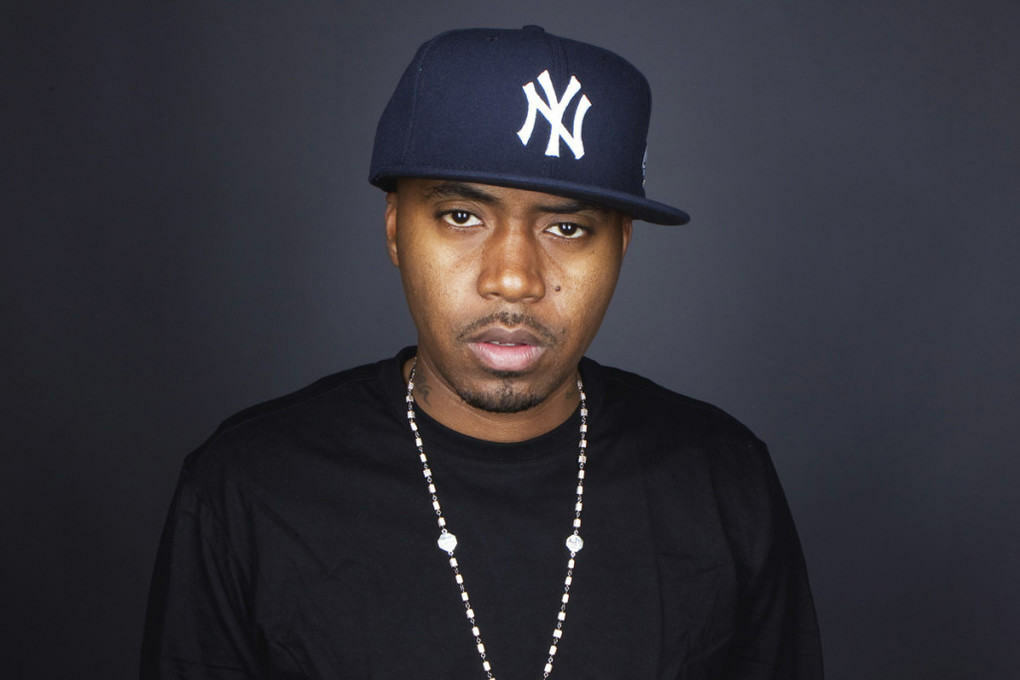Very soon the warmth of spring will come, followed by summer - a hot season for hiking, fishing trips or just picnics. And the most indispensable thing in order to quickly boil a kettle, of course, remains a portable gas stove, which replaced the good old primus. The only problem is that camping cylinders for such tiles run out quickly, and their price is getting higher every year. In today's article, the author of the YouTube channel will introduce us to his option to save on gas. Igor Negoda.
Read in the article
- 1 What are the filling of camping cylinders sold in stores?
- 2 Preparing camping cylinders and other equipment for work
- 2.1 Equipment for pumping propane into camping cylinders
- 2.2 Camping balloon attachment, and what to make it from
- 3 Additional equipment required for pumping
- 4 The first stage of filling the can with propane
- 4.1 First check of the fullness of the camping tank
- 4.2 Cooling propane in a can
- 4.3 Second stage: completion of refueling
- 5 Effect of pressure difference between propane and isobutane on flame intensity
- 6 Summarizing the above
What are the filling of camping cylinders sold in stores?
These cylinders are initially filled with an isobutane-based gas mixture. This gas has a lower pressure, which is safer for thin-walled containers. However, such cans can also withstand propane pressure without problems, if they are not overfilled and heated to 35-40 ° C and above.
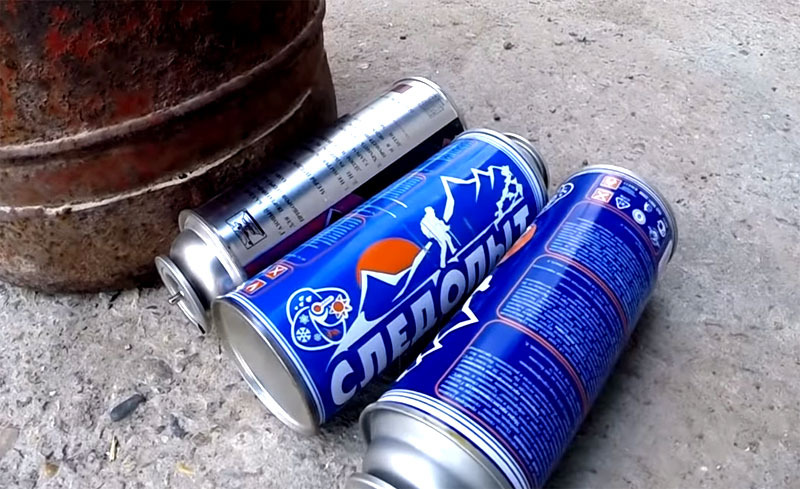
Many people advise to cool the cylinders when refueling with propane, but this should not be done. The cooled gas liquefies and decreases in size. As a result, there is a high risk of overfilling the container, which can lead to an explosion even at a temperature of +20 ˚С. And the set volume can be pumped into the camping balloon without forced cooling.
Preparing camping cylinders and other equipment for work
Before starting work, it makes sense to expose propane to the sun or install it near another heat source. But you shouldn't overheat it either. From spent camping cans, bleed off the remains of isobutane by holding the valve down until the hissing completely stops.
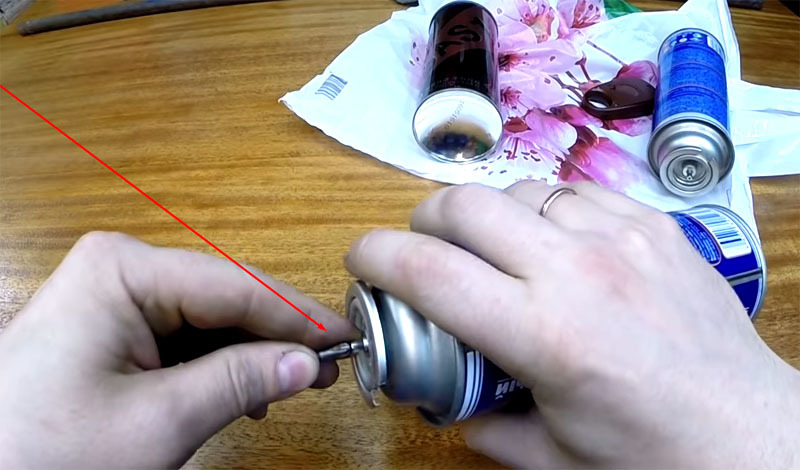
Equipment for pumping propane into camping cylinders
To fill a propane cylinder, a reducer is not needed, the gas will flow directly. To connect, you will need to carve out a fitting on which the oxygen hose should fit tightly. Of course, such fittings can be purchased at the store, but if you order a similar part to a turner, it can come out much cheaper. And our task is to save as much as possible on refueling.
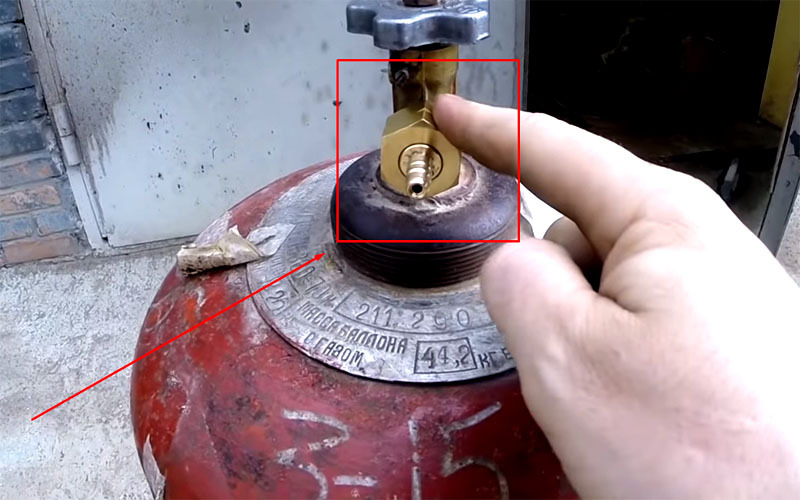
Camping balloon attachment, and what to make it from
Surely everyone at least once in his life has seen burners that work just from similar camping cylinders. It is such a burner, perhaps even inoperative, that will be needed for the adapter. From the side of the nozzle, the tube must be sawed off, leaving a small part for the possibility of connecting the hose. The other side of the former burner fits perfectly onto the camping cylinder valve and locks onto it.
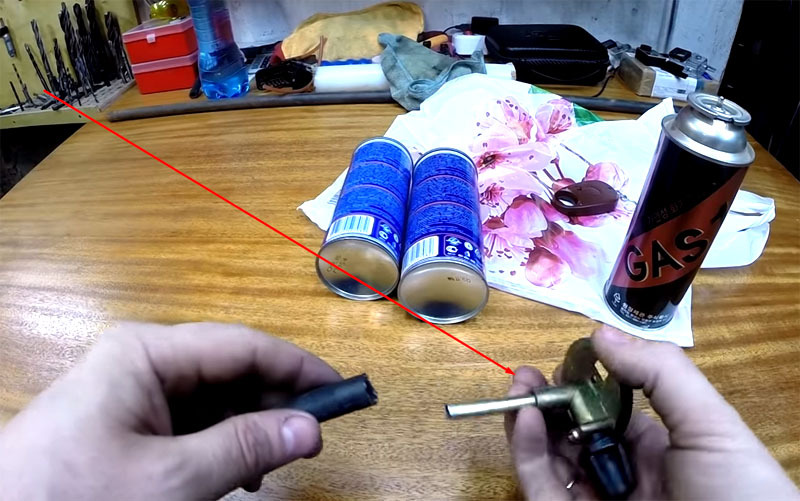
All hose-to-tube connections should be reinforced with automotive clamps. As for the length of the hose, you should not make it big. This will help heat the propane as it passes through the hose and, as a result, expand it.
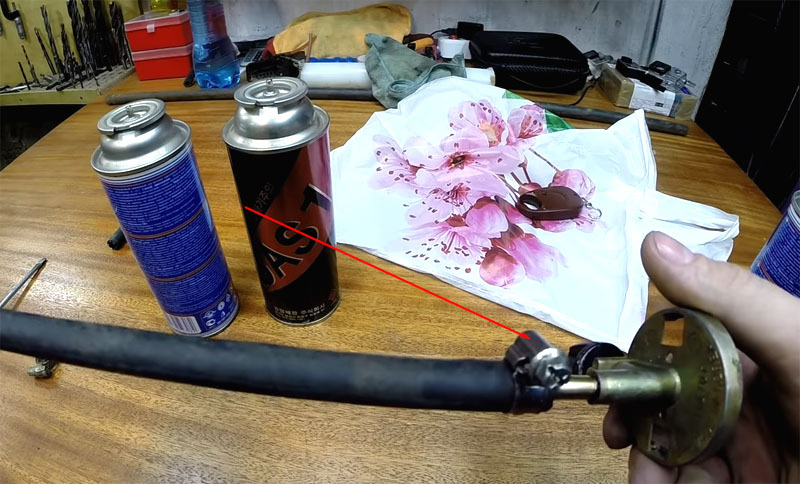
Additional equipment required for pumping
In order not to overfill the camping cylinders, you should arm yourself with an electronic steelyard. Usually the volume of gas in such cans is 200-240 g, so it is necessary to periodically check the weight so as not to explode later.
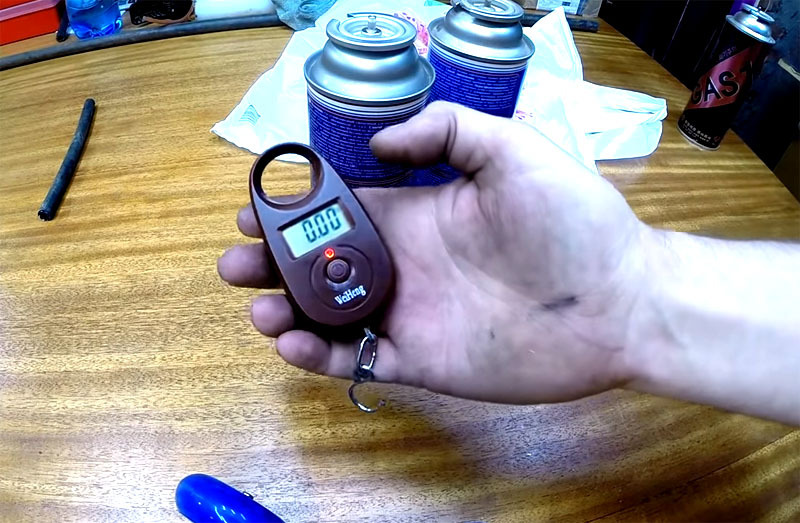
First, you need to weigh the empty camping tank in the bag in order to know which number to start from. In our example, an empty can weighed 150 g. This means that after refueling, its weight should be about 380 g.
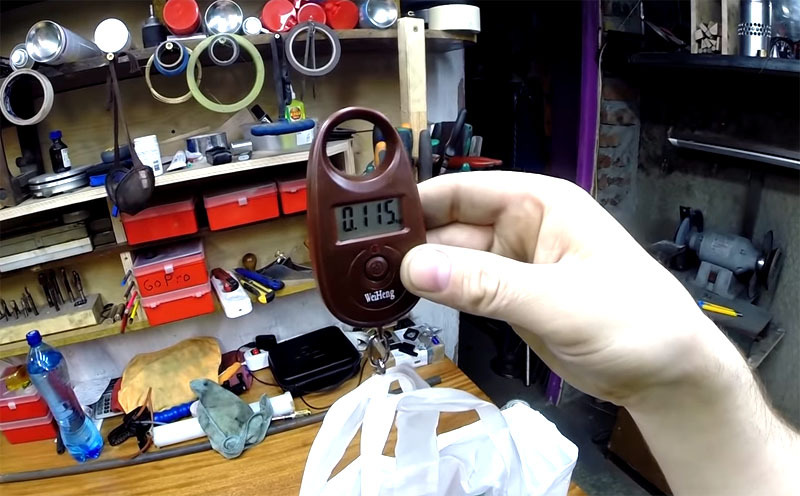
The first stage of filling the can with propane
It is worth noting that the fuller the container with propane, the easier the refueling will be. In order for at least a little liquefied gas to pass through the hose, the propane cylinder can be put on its side or even turned upside down with a tap. In this case, its valve must be fully open - the flow control will be carried out using the handle on the parts from the burner.
The camping cylinder is connected to the burner part, after which the valve on it opens. The noise of the gas entering the tank will immediately be heard. The camping spray is best kept upside down. So the gaseous substance will pass through the liquid, cool.
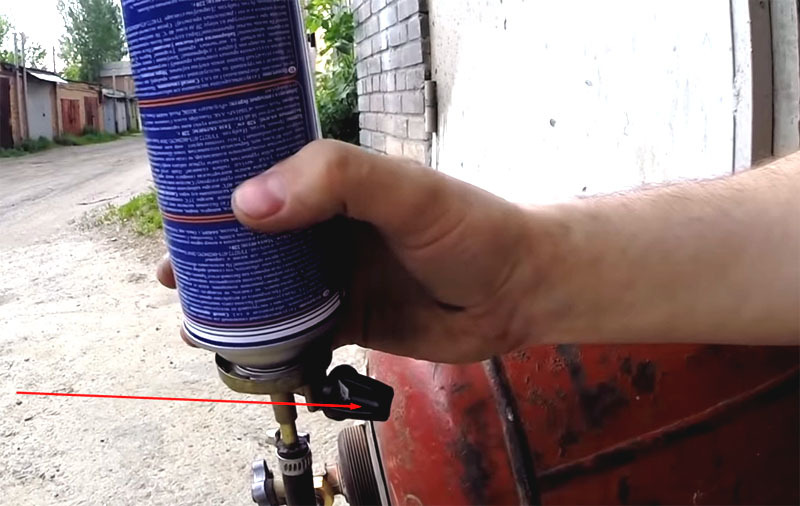
First check of the fullness of the camping tank
When the noise of the incoming gas is almost inaudible, the first weighing can be carried out. In our example, there was not enough gas in the cylinder - about 140 g had to be pumped to the full volume. And here, if it's hot outside, you can resort to one trick that will allow you to cool the gas in a camping cylinder without using a refrigerator. In this case, propane will cool naturally, which means that it will not decrease too much in volume.
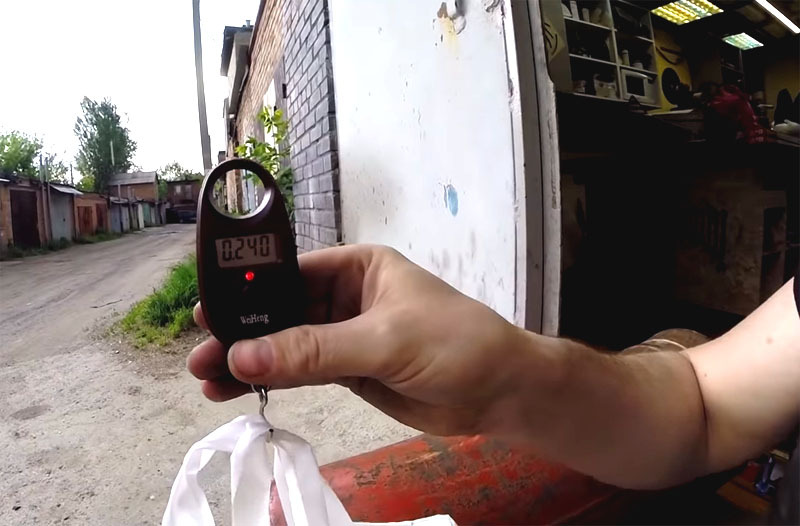
Cooling propane in a can
There is already some LPG at the bottom of the camping tank. It is necessary to put the container with the valve up and slowly begin to bleed the gas. A high flow rate will not work here, but light evaporation of liquefied propane will allow it to cool down. As soon as the walls of the spray can fog up, you can proceed to the second stage of refueling.

Second stage: completion of refueling
The second stage completely repeats the first, it makes no sense to describe it. It can only be said that at the end of it, the camping balloon needs to be weighed again. In our case, everything turned out just perfect - the weight was 350 g. This means the tank is ready for travel or hiking.
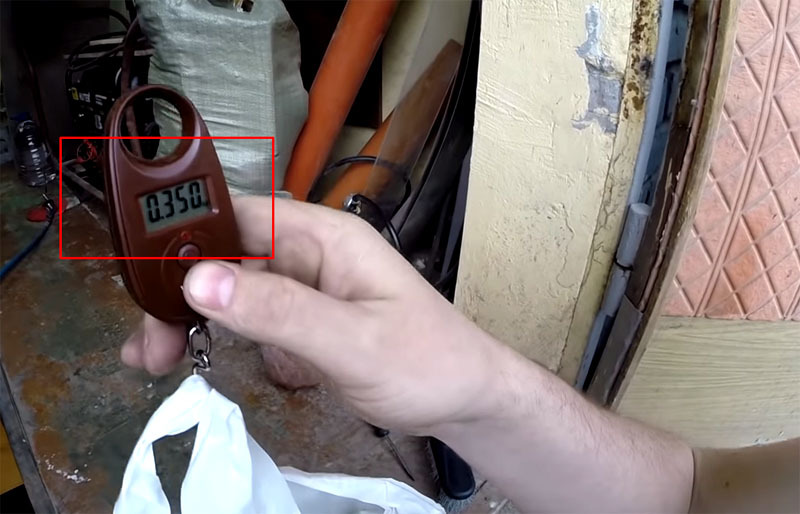
Effect of pressure difference between propane and isobutane on flame intensity
Many people say that propane cannot burn like isobutane, but this is a misconception. For example, we compared the fire from a burner installed on a new cylinder of isobutane and half a tank of propane. As a result, the flame of the propane burner significantly bypassed the isobutane mixture. The only drawback of such a refueling is the need to hide the cans in cool places.
Otherwise, such a gas station has some advantages, including:
- scanty cost. If the cheapest can of isobutane is sold for 60 rubles (220 g), then here you get 4 cans (1 l) for 15 rubles;
- ease of refueling;
- brighter fire;
- the cans are not thrown away, but reused, which conserves nature.
The advantages can be enumerated for a long time, but we will not do this. Those who self-fill the camping tanks in this way will appreciate the benefits themselves.

Summarizing the above
It is up to the dear reader to fill up the camping cylinders yourself or buy them in the store. However, it is worth making some simple calculations in your head, and the benefits become quite obvious. Of course, if a person gets out into nature once a year, self-fueling does not bode well. But if you go out of town at least once a week, then this option can greatly support the family budget. The main thing is to do everything according to your mind and not to overfill the camping tanks with propane.
We hope that the dear reader will take note of the method of saving on "blue fuel" described today. If you have any questions, feel free to ask them in the comments below. HouseChief editors will definitely answer each of them as soon as possible. There you can also express your opinion on the style and completeness of the text, both positive and negative. After all, it is very important for the author to know that his articles do not just skim through the eyes, but also delve into their meaning. Also, please don't forget to rate what you read.

